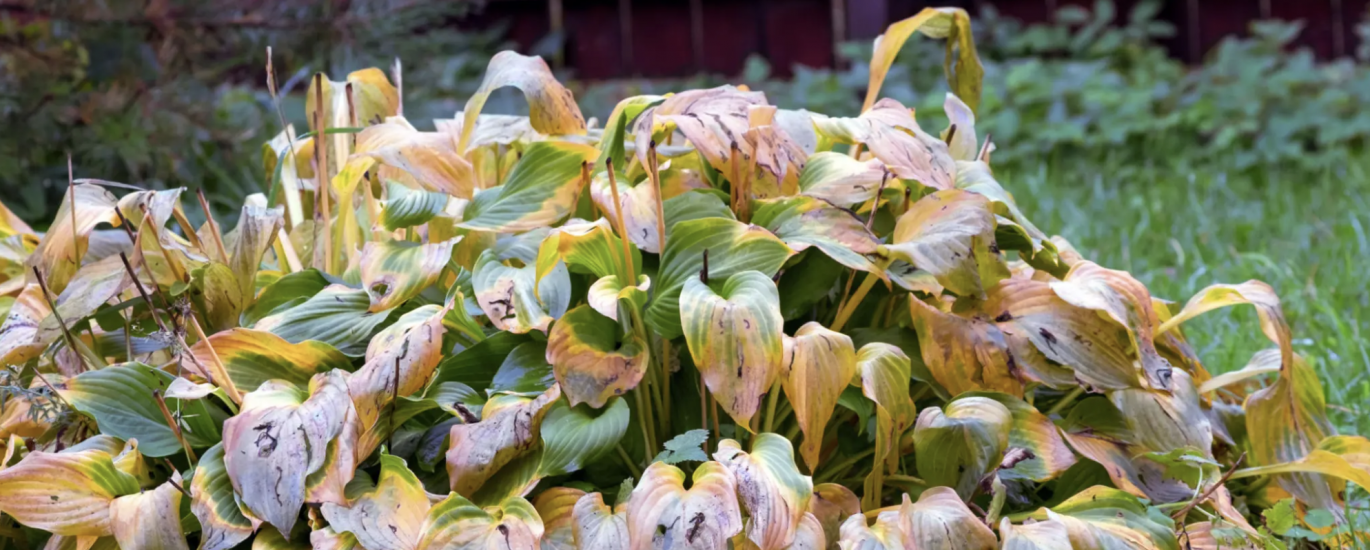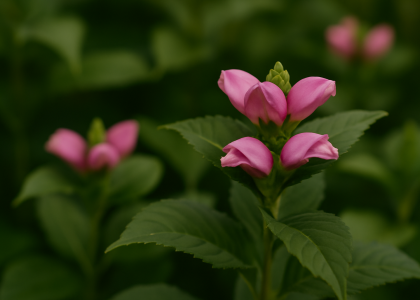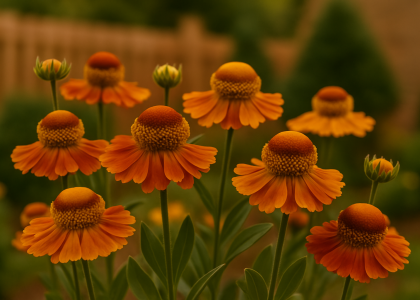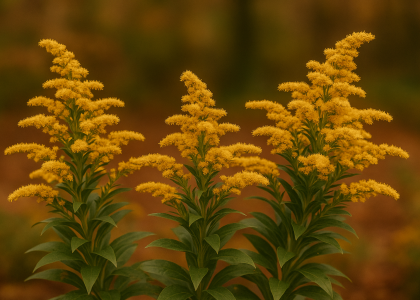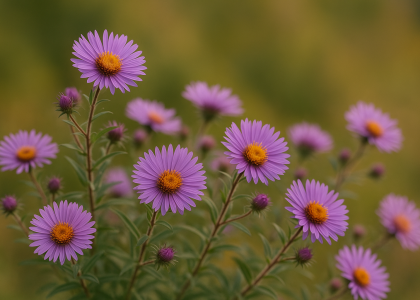Learn when and how to cut back hostas in fall without harming next year’s growth. A gentle step-by-step pruning guide for healthier, fuller hostas every spring.
Timing Matters More Than You Think
As autumn settles in, many gardeners feel the urge to tidy up.
But cutting back your hostas too soon can do more harm than good — those fading leaves are still busy feeding the roots for next spring.
Here’s how to know exactly when and how to prune, so your hostas stay lush, resilient, and ready to thrive.
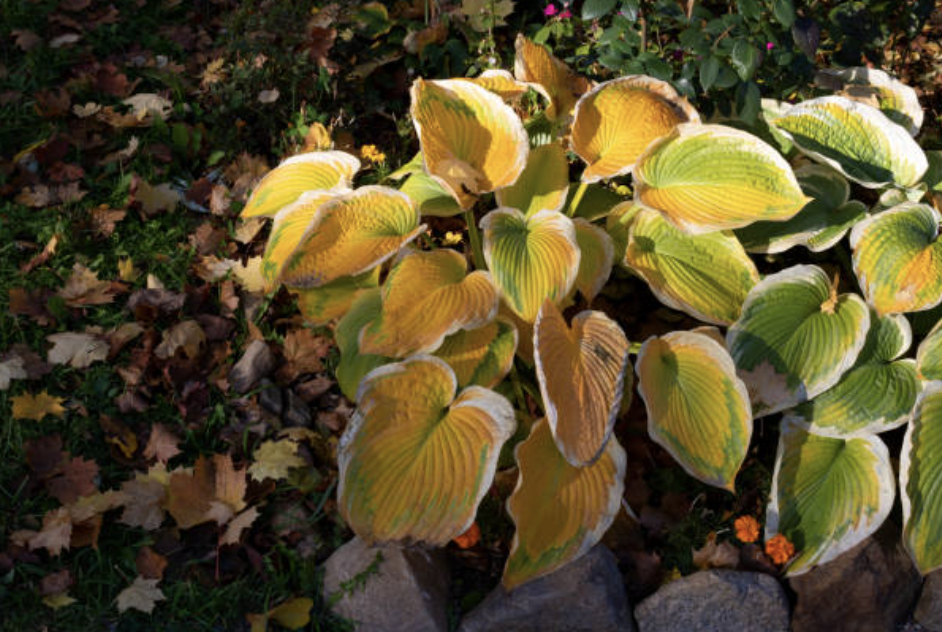
1. Watch the Leaves, Not the Calendar
Forget fixed dates — your hostas will tell you when they’re ready.
Wait until the foliage yellows and collapses naturally.
That’s the signal the plant has finished photosynthesizing and storing nutrients in its roots.
Don’t cut green leaves.
They’re still working! Premature pruning weakens the crown and reduces next spring’s vigor.
Most regions hit this stage around mid-October to mid-November.
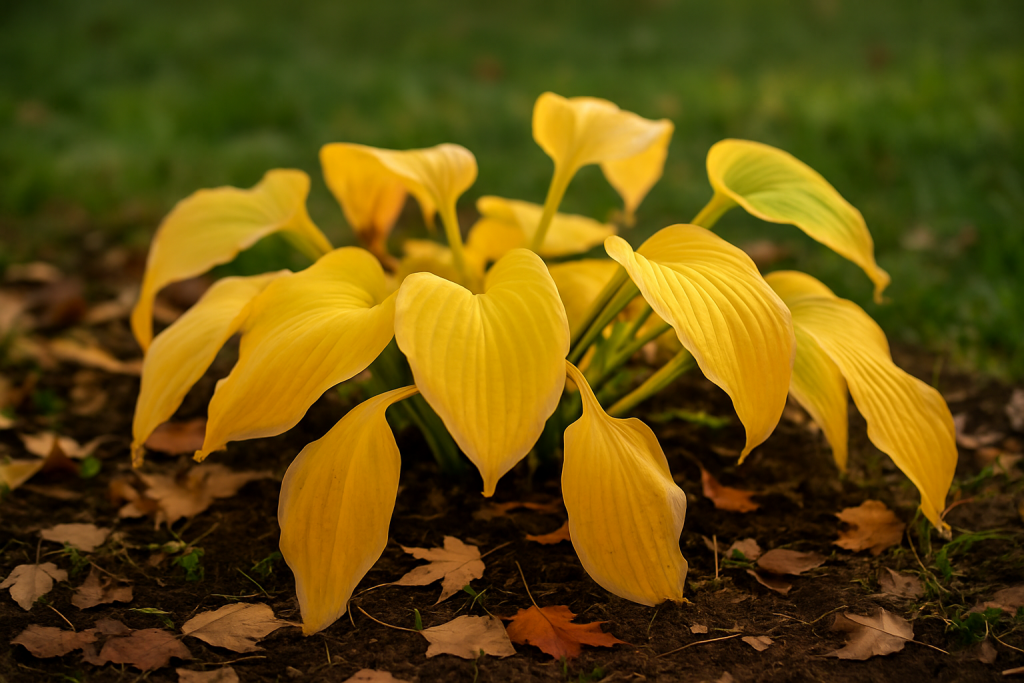
2. Cut Back Gently Once Foliage Collapses
Once the leaves have flopped completely, it’s time.
Use clean, sharp shears and trim each stem to about 2 inches above soil level.
Avoid tearing or pulling leaves — that can injure the crown.
Tip: If you spot mushy or diseased leaves, remove them right away to prevent fungal spread.
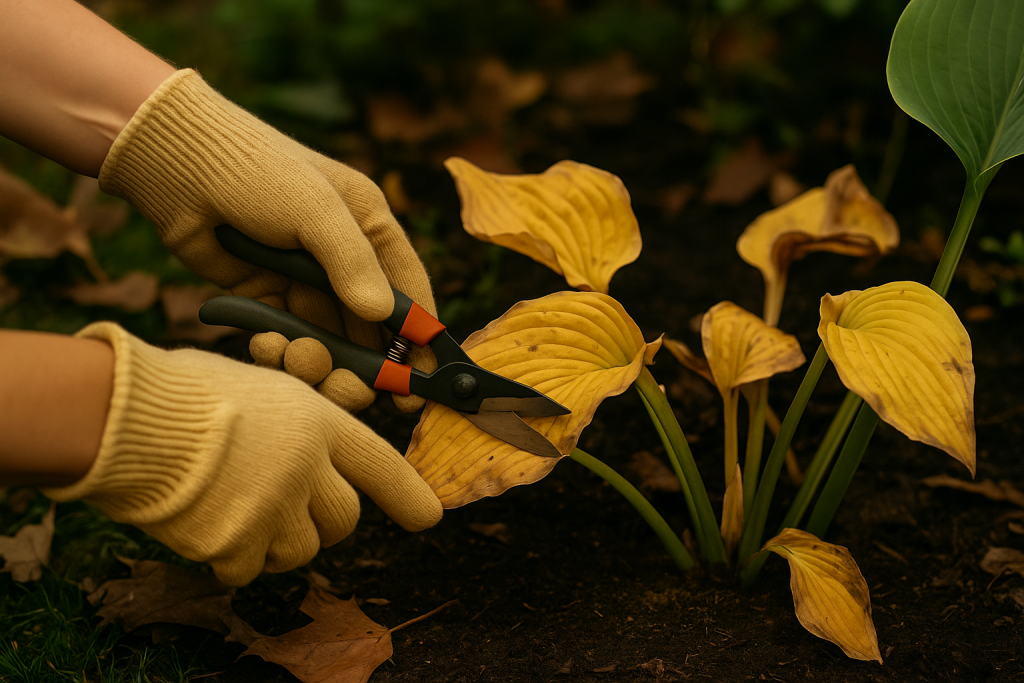
3. Mulch and Protect Before Winter
After pruning, give your hostas a cozy blanket.
- Spread 2–3 inches of shredded leaves, compost, or pine straw around the base.
- Keep mulch a few inches away from the crown center to avoid excess moisture.
- This helps insulate the soil and prevent frost heave during freeze-thaw cycles.
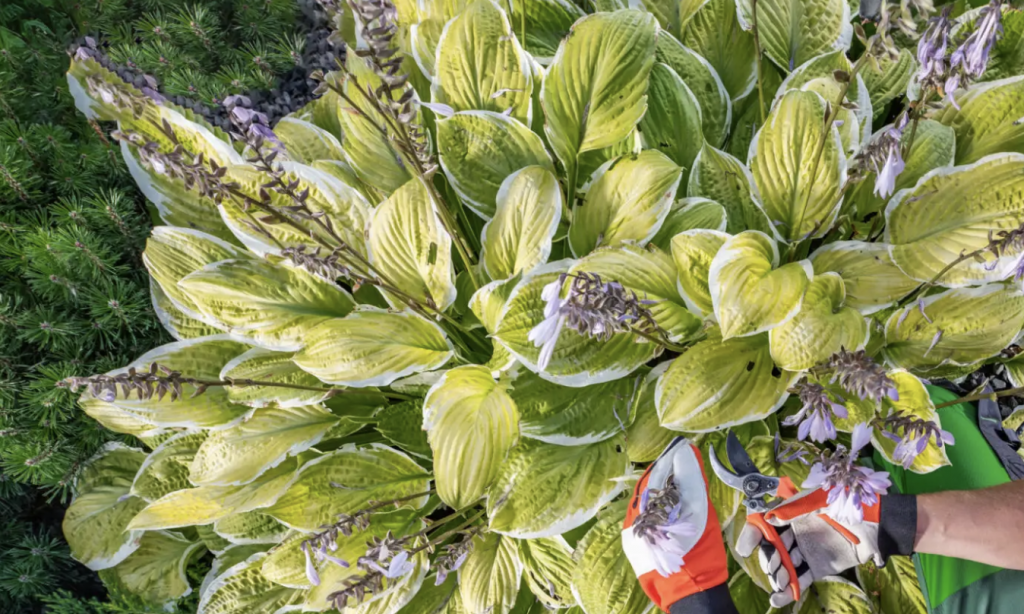
4. Water Before the Freeze
Just before the ground freezes, give your hostas one last deep soak.
Moist soil protects roots from drying out and prevents winter dieback.
✅ Tip: Avoid watering once frost sets in — frozen water can suffocate the crown.
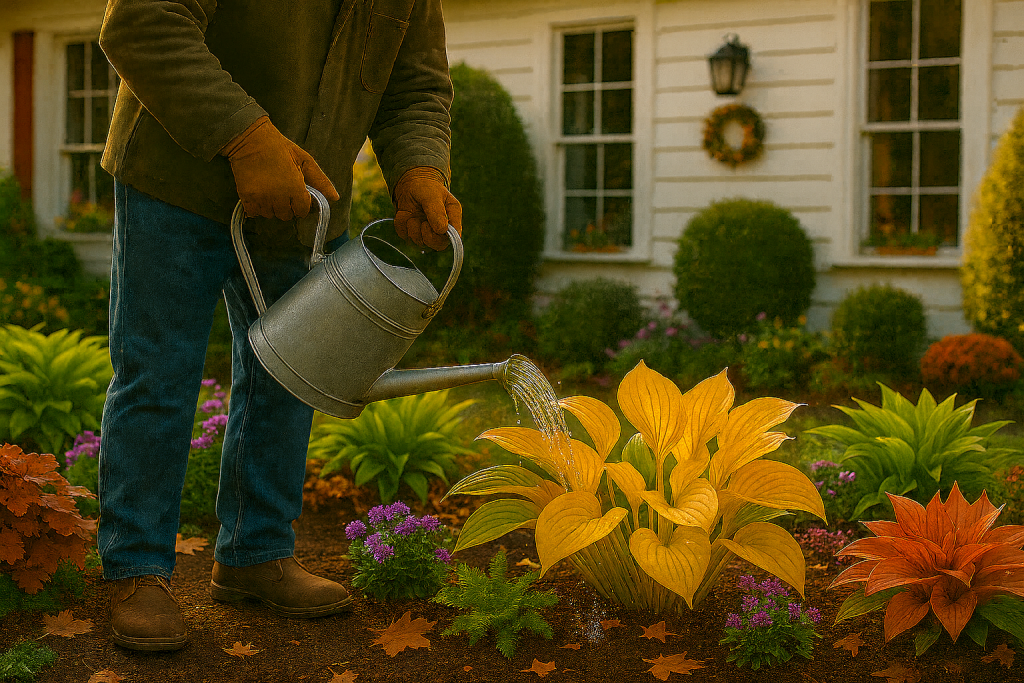
5. Skip the Fertilizer and Let Them Rest
- Don’t fertilize after trimming — hostas are entering dormancy.
- Don’t compost diseased foliage (dispose of it instead).
- And don’t worry if you’re late — hostas are forgiving perennials!
Why the Timing Matters
Cutting back too early removes vital nutrients still traveling to the roots.
Waiting too long invites slugs, mold, and crown rot.
Finding the balance — right after yellowing but before heavy frost — ensures your hostas stay strong and slug-free come spring.
Gardening in fall is less about control and more about connection.
When you let your plants finish their quiet autumn work, they’ll reward you in spring with broader leaves and deeper greens.
So take a deep breath, watch the leaves fade, and trust nature’s rhythm.
Free Printable: Fall Hosta Care Checklist (PDF)
Download your free one-page guide — “Hosta Fall Care Checklist”
Perfect for keeping track of watering, pruning, and mulching steps through late autumn.

